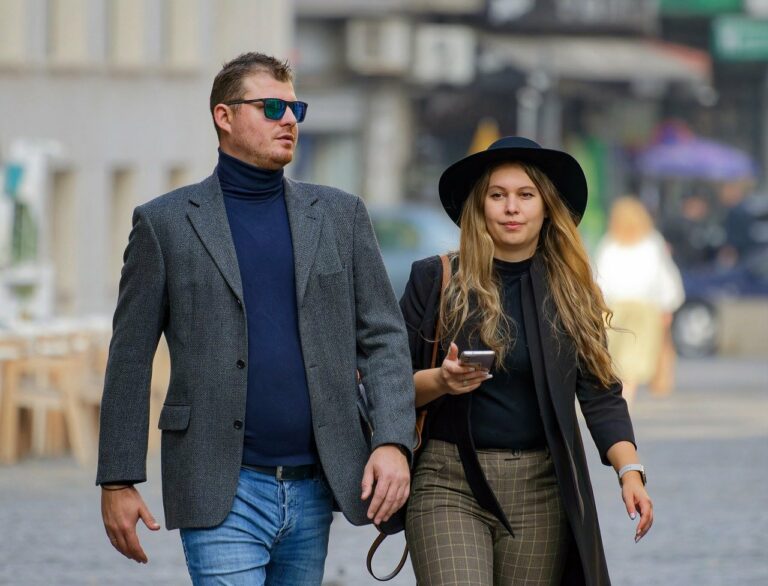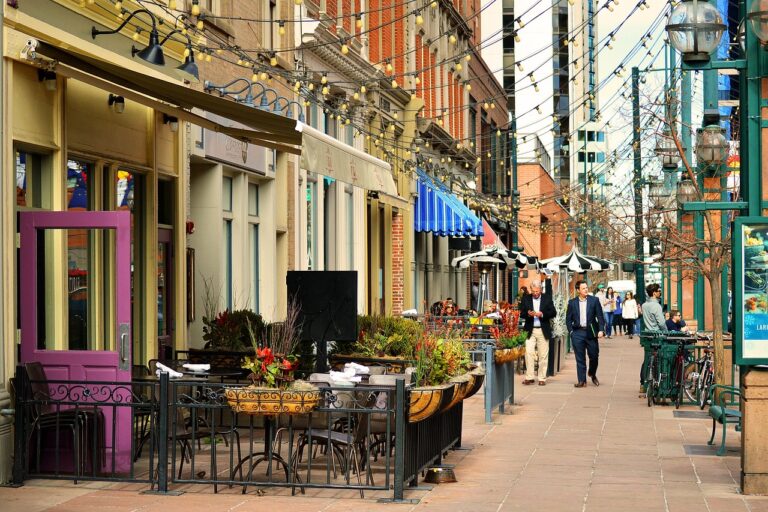The Art of Food Presentation: Elevating Lifestyle Dining
When it comes to food presentation, visual appeal plays a crucial role in capturing diners’ attention and sparking their interest. The way a dish is arranged on a plate can significantly impact the overall dining experience, influencing diners’ perception of the meal before even taking the first bite. Restaurants and chefs often pay meticulous attention to detail when presenting dishes, as they understand the power of visual aesthetics in enticing customers and enhancing their gastronomic experience. From vibrant colors to elegant plating techniques, the visual aspect of food presentation can elevate a meal from being merely nourishing to a captivating sensory delight.
In addition to attracting diners’ attention, visual appeal in food presentation also reflects the care and dedication put into each dish. Thoughtfully arranged plates demonstrate a commitment to quality and craftsmanship, showcasing a chef’s creativity and attention to detail. By presenting dishes in an appealing and visually stimulating manner, chefs not only highlight the ingredients and flavors of the dish but also convey a sense of culinary artistry and passion for their craft. Ultimately, visual appeal in food presentation serves as a powerful tool for chefs to communicate their culinary vision and create a memorable dining experience for their patrons.
Creating Balance and Harmony on the Plate
When it comes to presenting a visually appealing dish, achieving balance and harmony on the plate is key. This involves a thoughtful arrangement of various elements such as proteins, carbohydrates, vegetables, and sauces to create a harmonious composition. The goal is to ensure that each component complements the others in terms of flavors, textures, and colors, resulting in a dish that is not only pleasing to the eye but also to the palate.
One way to achieve balance and harmony on the plate is by paying attention to the placement of different food items. For example, you may opt for a symmetrical arrangement with proteins centered on the plate and surrounded by colorful vegetables and garnishes. Alternatively, a more asymmetrical presentation can also be visually appealing, with a variety of textures and colors distributed throughout the plate to create visual interest. Ultimately, the key is to strike a balance between various elements while also considering the overall presentation and aesthetics of the dish.
Symmetrical arrangement with proteins centered on the plate
Colorful vegetables and garnishes surrounding the proteins
Asymmetrical presentation with a variety of textures and colors distributed throughout the plate
Creating visual interest by balancing various elements on the plate
Utilizing Color and Texture to Enhance the Dining Experience
In the realm of gastronomy, the visual allure of a dish plays a significant role in the overall dining experience. The colors and textures present on a plate can captivate the diner even before the first bite is taken. Restaurants and chefs understand the power of utilizing vibrant hues and contrasting textures to not only stimulate the appetite but also elevate the enjoyment of the meal.
Colorful ingredients like fresh greens, ripe tomatoes, and vibrant fruits not only add visual interest but also indicate the freshness and quality of the dish. Combining contrasting textures such as crispy, crunchy elements with soft, velvety components adds complexity and interest to each bite. By carefully considering the visual composition of a dish, chefs can create a harmonious and appealing presentation that enhances the dining experience for their guests.
Why is visual appeal important in food presentation?
Visual appeal is important in food presentation because it enhances the overall dining experience. It stimulates the senses and can increase enjoyment of the meal.
How can balance and harmony be achieved on the plate?
Balance and harmony on the plate can be achieved by considering the arrangement of colors, textures, and shapes. It is important to create a visually pleasing composition that is not overwhelming.
How can color and texture be used to enhance the dining experience?
Color and texture can be used to enhance the dining experience by adding visual interest to the dish. Bright colors can make the dish more appetizing, while a mix of textures can create a more dynamic eating experience.







